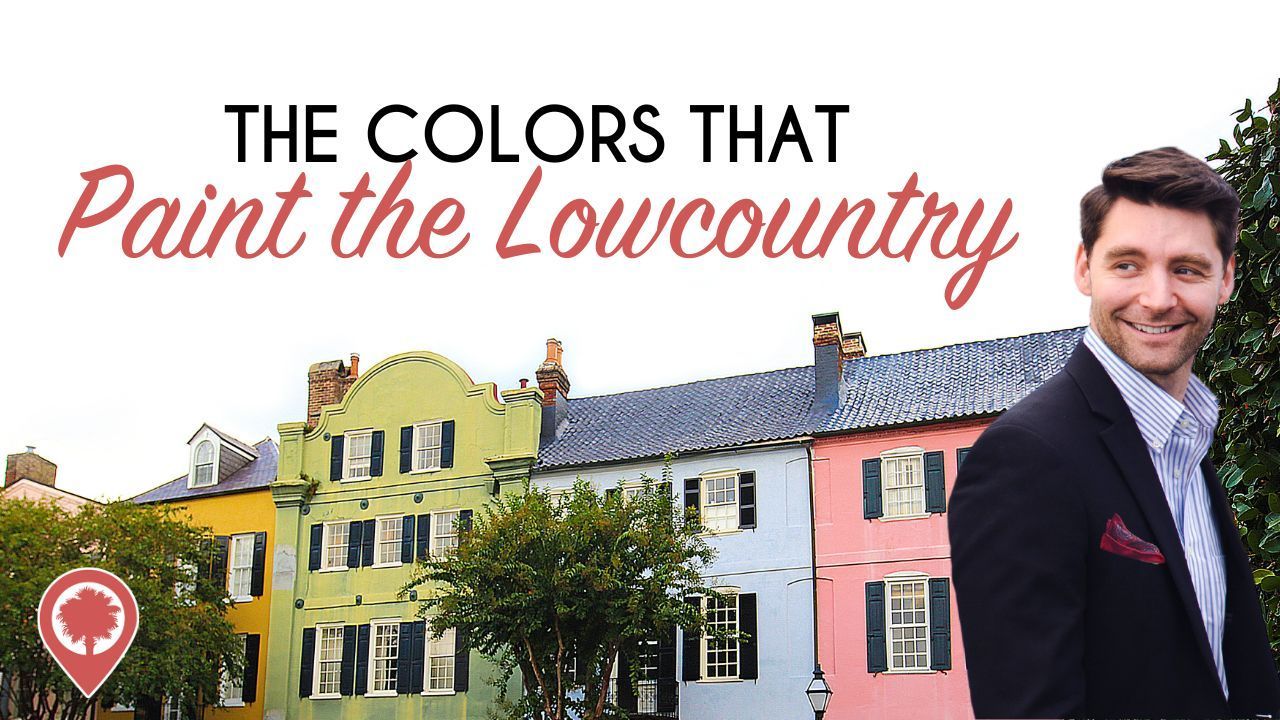The History Behind the Cobblestone Streets of Charleston
You're driving in Downtown Charleston and all of a sudden your car begins to violently shake as if you haven’t had an alignment in 15 years. Chances are your alignment is fine, you must have just found your way onto one of Charleston’s cobblestone roads. The roads that help keep local mechanic shops in business and will flatten your LaCroix in less than 10 seconds!
Charleston’s beautiful cobblestone roads offer the opportunity to take a step back in time as you explore these historic streets. Although filled with history, there are sadly just a few cobblestone streets left here in the Holy City.
Today we’re going to take a look at the history of Charleston’s cobblestone streets and which ones still remain today if you want to take a stroll.
The History
In the 17th and 18th centuries, England wanted to utilize the resources and trade goods of the Lowcountry. Ships would sail across the Atlantic Ocean to the ports of Charleston, and the cobblestone streets were a “side effect.”
The stones you walk on were actually used as weights by the ships coming overseas to make them denser and drop them further in the water to make them less susceptible to rough conditions. Once the ships arrived here in Charleston to load up their goods, they had no room for the stones and tossed them overboard.
The tide pushed the stones into the wharf and, after a while, colonists now had a means to make a road! At the time the streets were nothing more than dirt lined paths so the thought of smoothing out the stones to create a road seemed like a huge upgrade.
The old ballast stones have added character to the streets of Charleston and a great contribution to the history of the city. But as you may have noticed, there are very few of those streets remaining these days. Why is that? The simplest answer is progress.
While cobblestone streets were an upgrade from the dirt roads they previously walked on, Charleston’s residents wanted something that wouldn't make them spill their groceries or sprain their ankle every time they walked down the street. So, despite their allure and aesthetics, the cobblestones were removed in many streets and replaced with smoother surfaces.
Watch our Lively Charleston episode on the history of cobblestone streets in Charleston!
5 Cobblestone Streets in Charleston to Explore
Want to explore the cobblestone streets of Charleston for yourself? You still have plenty of great opportunities to do so. Here are 5 cobblestone streets in Charleston that remain:
- Chalmers Street is one of the most photographed streets in South Carolina. It's located in the French Quarter and is said to have been so bumpy that it led to a woman going into labor. Take note of the Bermuda stone used in the construction of the older buildings, primarily the Pink House on Chalmers Street. This stone was also brought on the ships to the docks.
- Adger’s Wharf is South of Broad and runs straight to the water. Its current name comes from James Adger II who had a shop on the street and became one of the richest men in the country. The street was once lined with shops and was an integral cog in the shipping industry.
- Gillon Street was named after Commodore Alexander Gillon and is at the foot of Broad Street. This street was one of the first cobblestone streets in the area.
- Longitude Lane sits off of East Bay. The area was first built up in the 1690s through 1720s. The alleys still have cobblestone streets and offer a beautiful walk, with stone walls and beautiful homes.
- Philadelphia Alley was host to many of the cities duels back in the 17-1800's and is rumored to be haunted by the souls that lost their lives on those very stones.
These beautiful cobblestone streets add so much character to our city and are just a small part of Charleston's rich history. We highly recommend you see them first hand!
Interested in buying a home in the Charleston area?
Want all the latest news and events delivered to your inbox?








